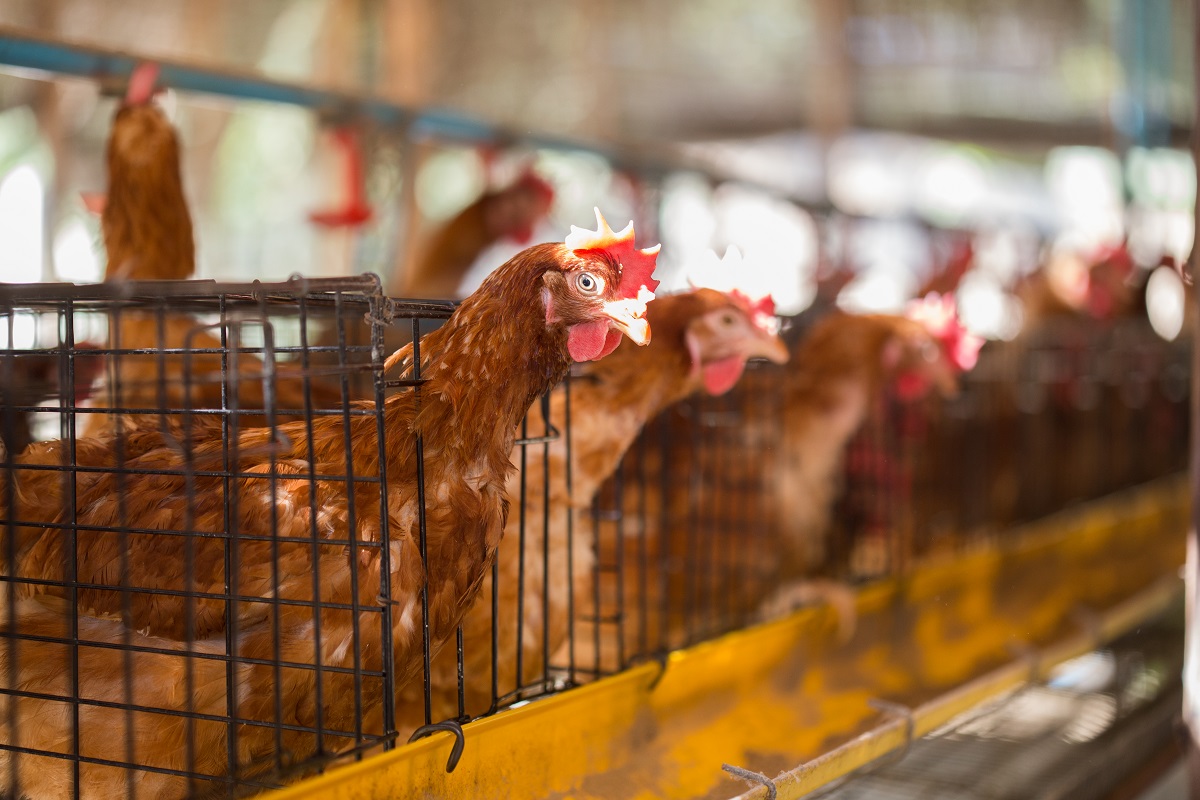The review into national Poultry Standards and Guidelines has completed and includes a phase out of battery cages for layer hens no later than 2036.
Following an extensive process of stakeholder consultation, and the consideration of contemporary animal welfare science and community expectations.
Richard Mussell, CEO of RSPCA Australia, said this is a win for animal advocates and for the community.
“While this move can’t come soon enough, once implemented, it will bring Australia into line with over 75 per cent of OECD countries who have already moved to phase out battery cages.
“While 2036 may seem a long way away – and it is – putting an end date in place is vitally important so that producers can transition to cage-free systems as soon as possible, and to make it clear to retailers and the food service industry that battery cages are on their way out.”
Mussell said that states and territories have no reason to wait until 2036, and can start implementing a phase out now, as ACT did in 2014.
Other improvements include the requirement to provide environmental enrichment for meat chicken breeders, changes to the minimum light intensity and required periods of darkness, ventilation, and temperature parameters for all species, and a requirement to provide breeder ducks with access to bathing/dunking water.
Suzie Fowler, Chief Science Officer at RSPCA Australia, said that the animal welfare science was clear that hens suffer in barren battery cages.
“Good welfare simply can’t be achieved in a battery cage because the animal welfare issues are inherent to the system itself – restricted movement, constantly standing on a wire floor, and no ability for a hen to perform natural behaviours like perching, nesting and stretching and flapping her wings. So to finally see a phase out date put in place is very significant and we welcome today’s news.”
To stay up to date on the latest industry headlines, sign up to the Pet Industry News e-newsletter.

